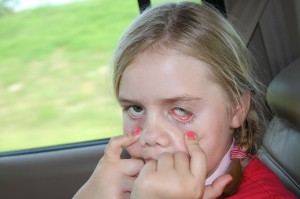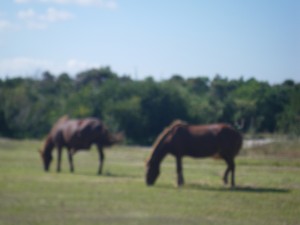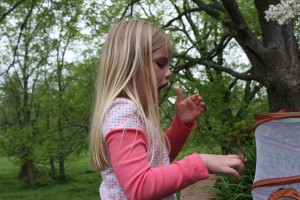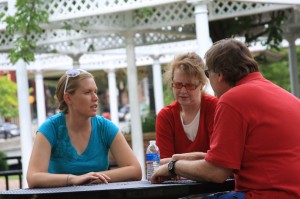February 12, 2011
 “What are you doing in your free time?” “What do you guys eat?” “Do you have a problem eating healthy?” “Why is tanning so important to you?” “Do you have an eating disorder?” “Do you think you have a problem with eating healthy?” “Do you choose white or whole wheat bread?” “How were you raised?”
“What are you doing in your free time?” “What do you guys eat?” “Do you have a problem eating healthy?” “Why is tanning so important to you?” “Do you have an eating disorder?” “Do you think you have a problem with eating healthy?” “Do you choose white or whole wheat bread?” “How were you raised?”
Each of these questions has the potential to seem critical. Asking someone what they do with their free time…could be a friendly rapport-building question in the mind of the person asking the question. But it also has a risk related to seeming to imply that there might be a right or a wrong answer. And if that is true, if you ask me the question, I am going to want to appear to be the kind of person who spends my free time doing things that fit my sense of self. I don’t think of myself as “lazy” and so if I tell you that I like to watch “Survivor” or “American Idol”–will it seem like I am lazy?
And asking me what I eat–when, yesterday, today, over the holidays, when I eat alone, when I am at work? Again, there are so many ways to think about that question and how my answer may say something about me that I don’t want it to say. So, how about if I just say, “It depends,” is that helpful in suggesting how to guide my eating habits?
 And what about tanning? I heard that you need some sunlight to get enough vitamin D to help avoid osteoporosis. So why shouldn’t tanning be important to me?
And what about tanning? I heard that you need some sunlight to get enough vitamin D to help avoid osteoporosis. So why shouldn’t tanning be important to me?
The questions and our answers are likely to be linked to telling us to change our behavior, and we have some instinct about that as well. Most of us like to make smart choices. So a little bit of coaching can go a long way toward helping… But, just telling us “to stop tanning,” or “don’t eat junk food,” or” find more time to exercise…” –well, we’ve heard it all before.
When we talk about health, it helps to think about the fact that most of want to be liked by others or at least to have a chance to show how what we do matches who we think we are…most of the time.
















